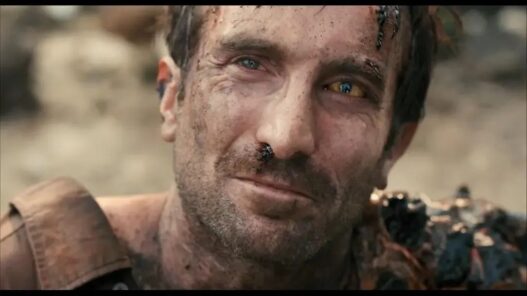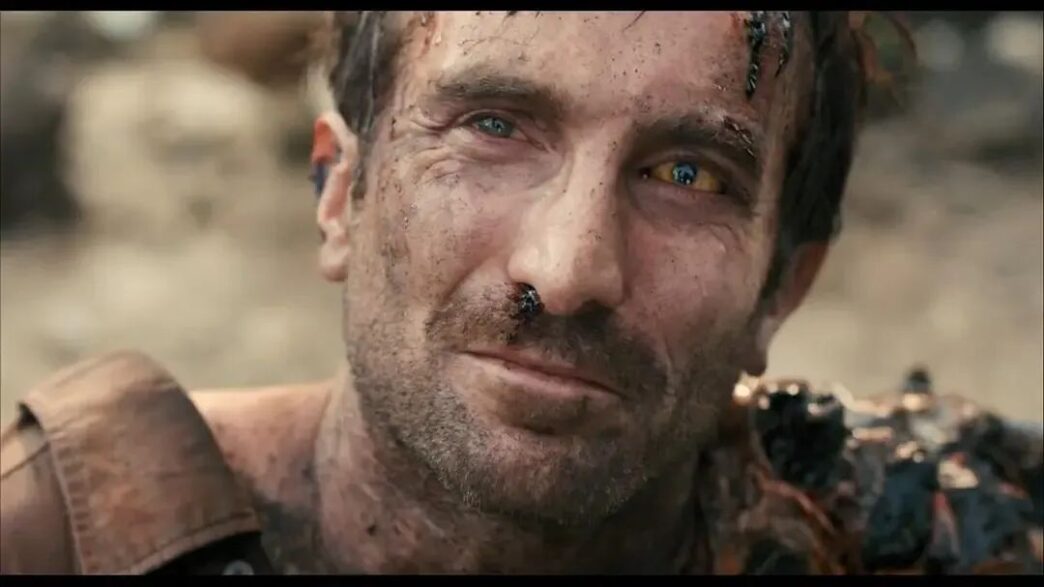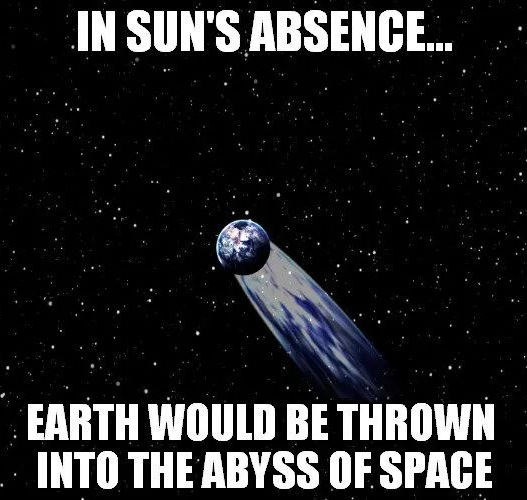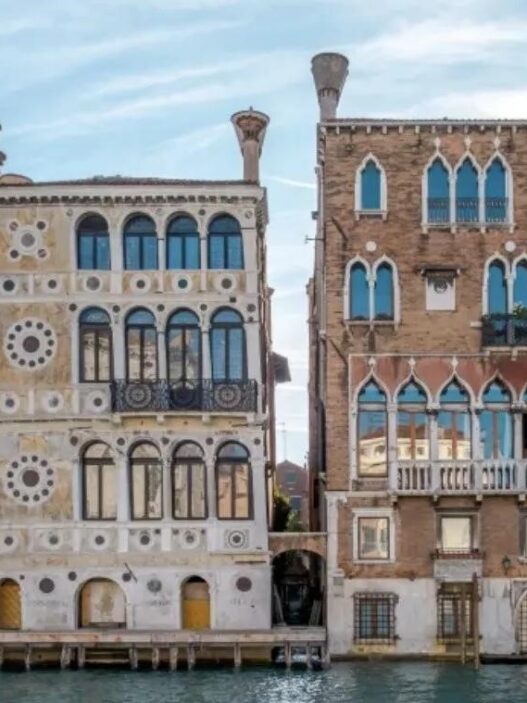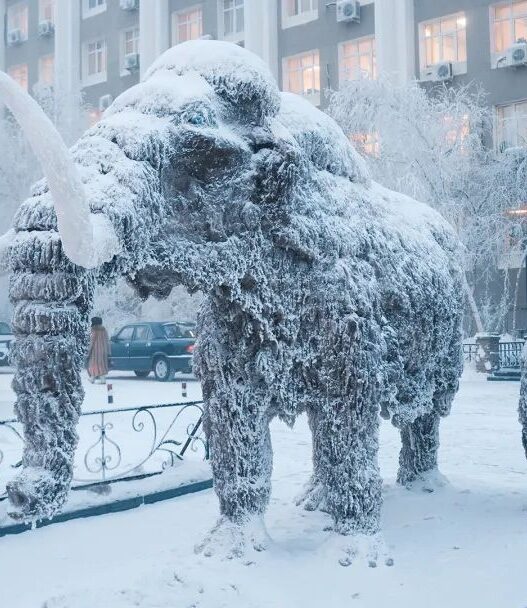1. Movie Overview
District 9, directed by Neill Blomkamp, was released in 2009. This sci-fi movie tells the story of an alien spaceship that halts above Johannesburg, South Africa. Millions of extraterrestrials, nicknamed “Prawns,” are forced to live in a slum known as District 9, under strict human surveillance and control. The main character, Wikus van der Merwe, played by Sharlto Copley, is a mid-level employee at MNU, the Multi-National United, responsible for managing and relocating the aliens. During a relocation operation, Wikus accidentally contracts an alien virus, gradually transforming into a Prawn. He is forced to flee and collaborate with the aliens, hoping to regain his freedom and humanity.
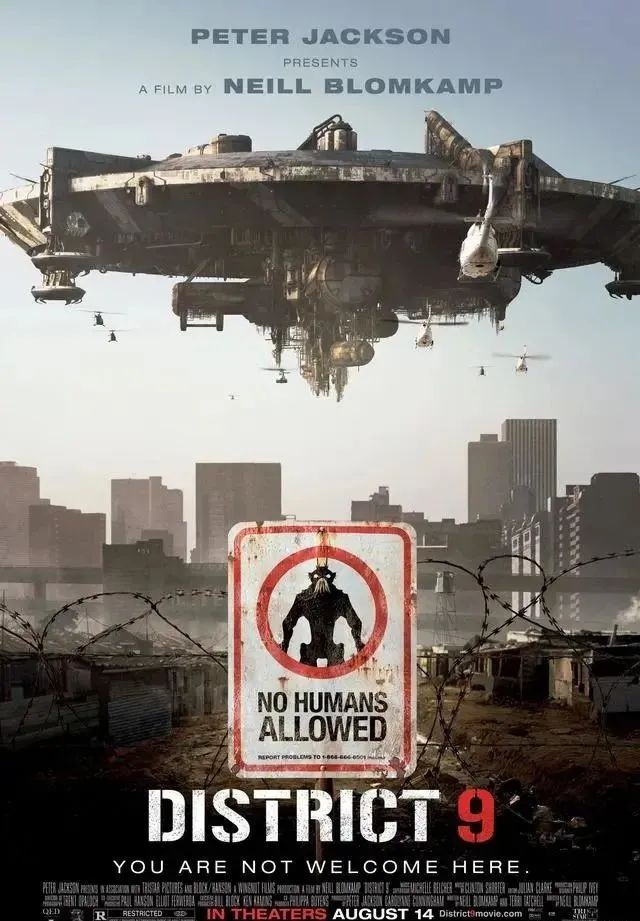
2. Iconic Lines
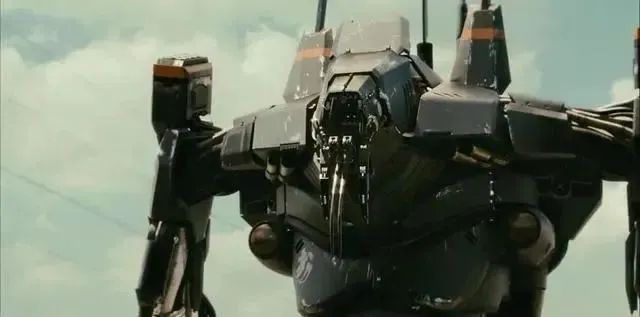
- “You are not welcome here.”
This line, spoken by a local resident to the aliens, highlights humanity’s fear and rejection of the “other.” - “I just want to go home.”
The plea from the alien, Christopher, is filled with desperation and a longing for freedom, resonating deeply with audiences. - “He has to help you. There’s no other way.”
Wikus’ desperate cry for help to Christopher reveals humanity’s vulnerability in extreme situations.
3. Movie Review
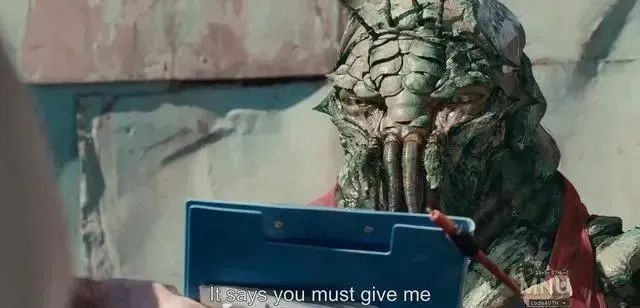
A Social Allegory in a Sci-Fi Context
While District 9 is framed as a sci-fi movie, it is, at its heart, a powerful social commentary about segregation and discrimination. The “Prawns” are isolated, monitored, and controlled by humans, forced to live in inhumane conditions in the slums. This mirrors the real-world apartheid policies in South Africa and similar social injustices worldwide. This setting compels viewers to think critically about humanity’s treatment of outsiders and those considered different, echoing real societal issues.
A Test of Humanity and Morality

Wikus evolves from a cold-hearted bureaucrat to someone forced to become the very thing he once oppressed. His transformation into a Prawn forces him to understand their suffering, and his changing views highlight the multi-dimensional nature of human nature. This character arc not only intensifies the plot but also encourages viewers to reflect on their own moral compass and empathy toward others.
Stunning Visual Effects
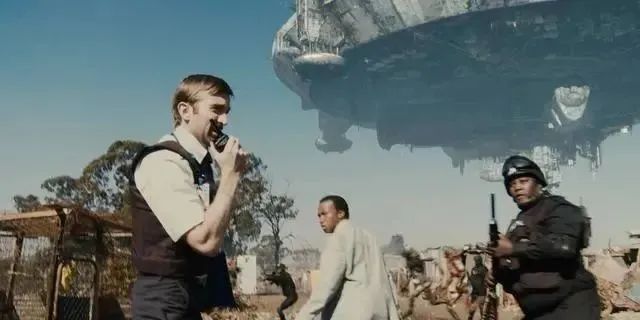
Despite its low production budget, District 9 impresses with its visual effects, effectively creating a believable alien world. The Prawns are depicted in incredible detail, with realistic movements and expressions that allow viewers to fully immerse themselves in this world filled with conflict and tension.
A Perfect Blend of Reality and Fiction
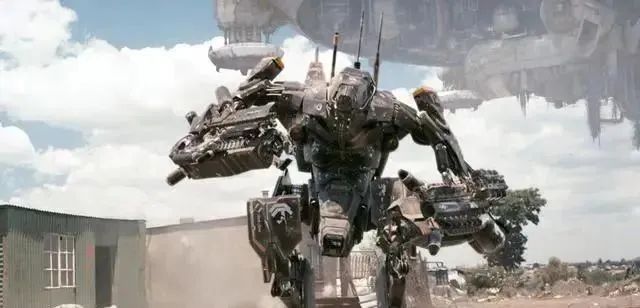
The film uses a mock-documentary style to blend fictional alien encounters with real social phenomena. News reports, shaky DV footage, and interviews enhance the sense of realism, making the audience feel as if they are witnessing the events firsthand. This technique also sets the film apart from other alien movies, using the documentary format to draw the viewer into the narrative.
Reflections on Freedom and Hope
The film ends on an open note, with Christopher returning to his ship, hoping to find a cure for his people, while Wikus has completely transformed into a Prawn. He now waits alone, holding onto the hope of one day returning to humanity. This conclusion leaves viewers pondering the true meaning of freedom and hope. How do we face the challenges of coexisting with “others”?
4. A Look Back at the Story

District 9: Alien Refugees on Earth
The film presents a twist on typical alien invasion stories. In many films like Independence Day or Men in Black, extraterrestrials are portrayed as high-tech invaders, but in District 9, aliens are colonized and oppressed, turning the tables on the usual narrative.
Survival in Adversity: From Invaders to Colonized
Directed by Neill Blomkamp and produced by Peter Jackson, District 9 stands out for its exceptional effects and exploration of racial issues. The story is set in South Africa, where aliens have been exiled to Earth for twenty years. They are relocated to a slum, known as District 9, where they live in dire conditions.
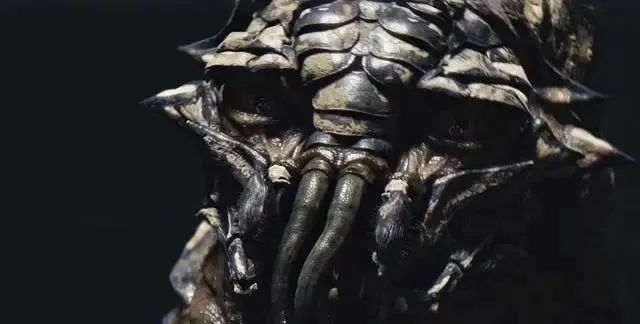
MNU, the organization overseeing the aliens, pretends to manage their living situation while secretly attempting to use alien DNA to operate their advanced weaponry. Wikus, the protagonist, inadvertently contracts a virus, mutating into an alien and gaining the ability to use alien technology. This sets the stage for his flight and the moral dilemmas that follow.
Creative Documentary Style
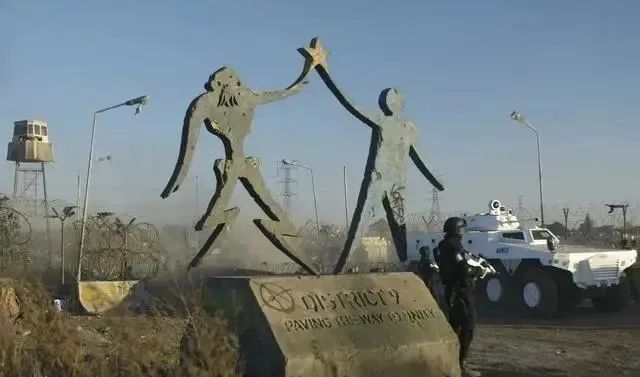
District 9 is shot with a brilliant documentary-style approach, using shaky cameras, news footage, and interviews to create an immersive, realistic feel. The film draws viewers in, making them feel as though they are on the ground, experiencing the events as they unfold. This style breaks the mold of traditional alien movies, where the action is often narrated from a first-person perspective.
Unlike blockbuster sci-fi films like Transformers, which rely heavily on spectacle and special effects, District 9 focuses on deep storytelling. The film’s social commentary on race and power resonates on a much more personal level with its audience.
A Deep Allegory of South African Apartheid

The film subtly critiques the racial segregation in South Africa during apartheid. The name “District 9” is a direct reference to a real policy in South Africa, where non-white citizens were confined to certain areas of the country, much like how the aliens are exiled to their own slum. The aliens, who are called “Prawns” (a derogatory term based on the local “Prawn” shrimp), reflect how marginalized groups are treated in society. The inhumane treatment of the aliens parallels the exploitation and racial prejudice faced by oppressed communities.
Classic Tropes with a Fresh Twist
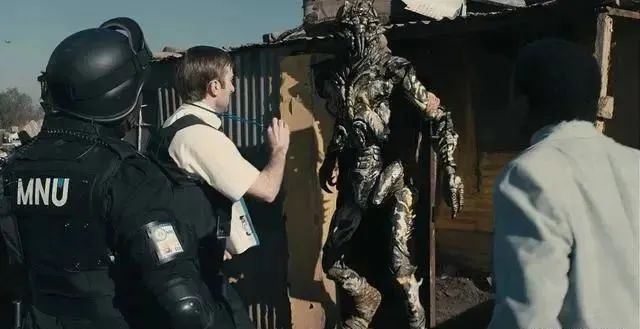
Although District 9 revisits certain familiar sci-fi tropes, such as a character turning into an alien after infection, the film’s fresh approach makes these elements feel original. Wikus’ descent into alien status and the efforts of a criminal group to harness alien weaponry provide intriguing plot twists that keep the story engaging.
Sequel in the Works: District 10 Coming Soon
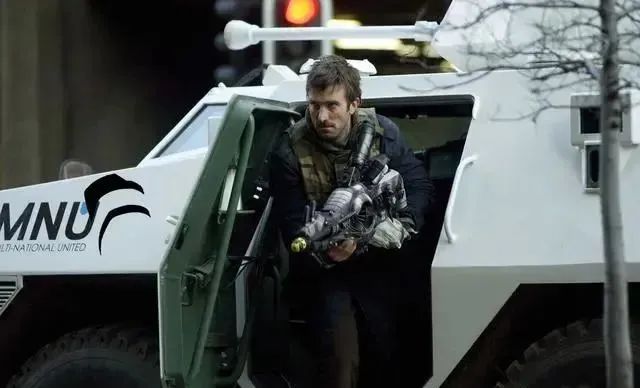
Thirteen years after the release of District 9, the sequel District 10 is officially in the works. Sharlto Copley, who plays Wikus, has confirmed that the script is under development, and he is collaborating with director Neill Blomkamp to bring the story to life. The original movie’s ending left several questions unanswered: Wikus’ transformation into a Prawn and Christopher’s promise to return and cure Wikus. Fans are eagerly awaiting the sequel to answer these lingering mysteries.
5. Conclusion
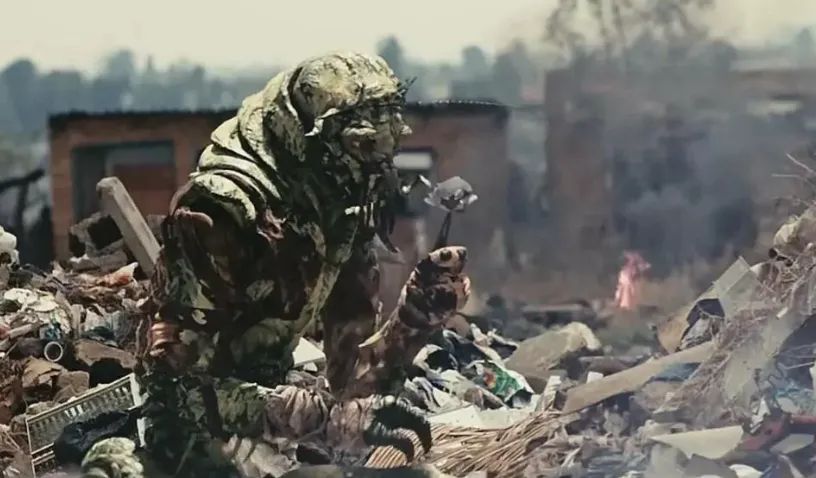
District 9 not only offered a visually stunning experience but also provided deep insights into human nature, society, and the future. This article aims to bring back attention to this iconic movie, reminding you of its thought-provoking themes. We hope it sparks a conversation, sharing the journey and insights of this profound cinematic experience.







